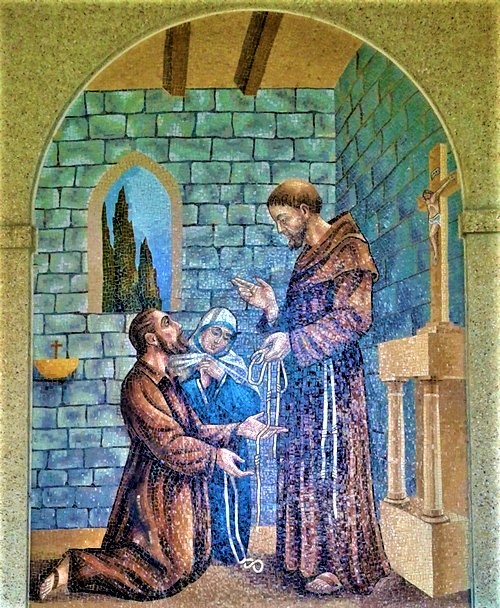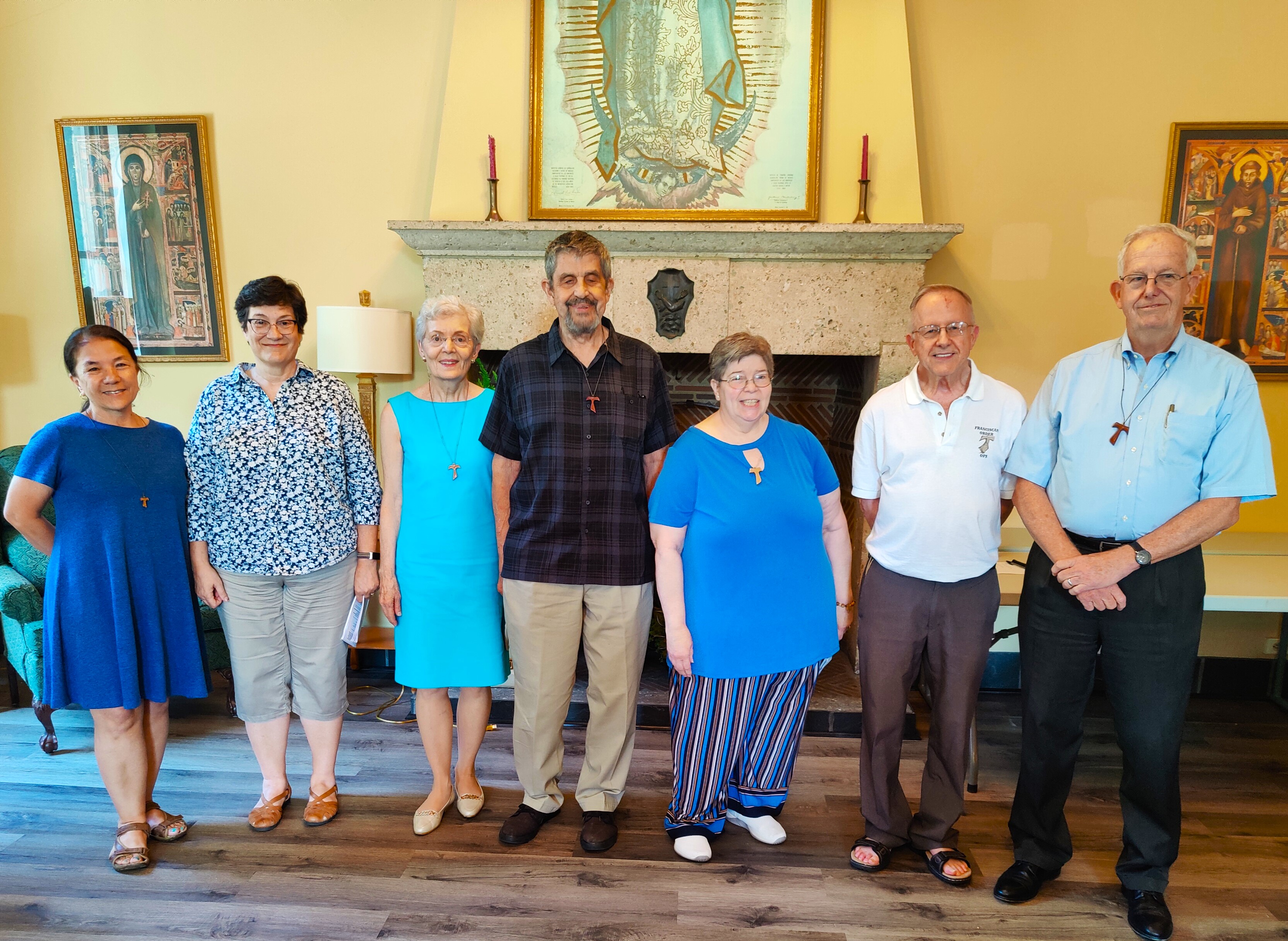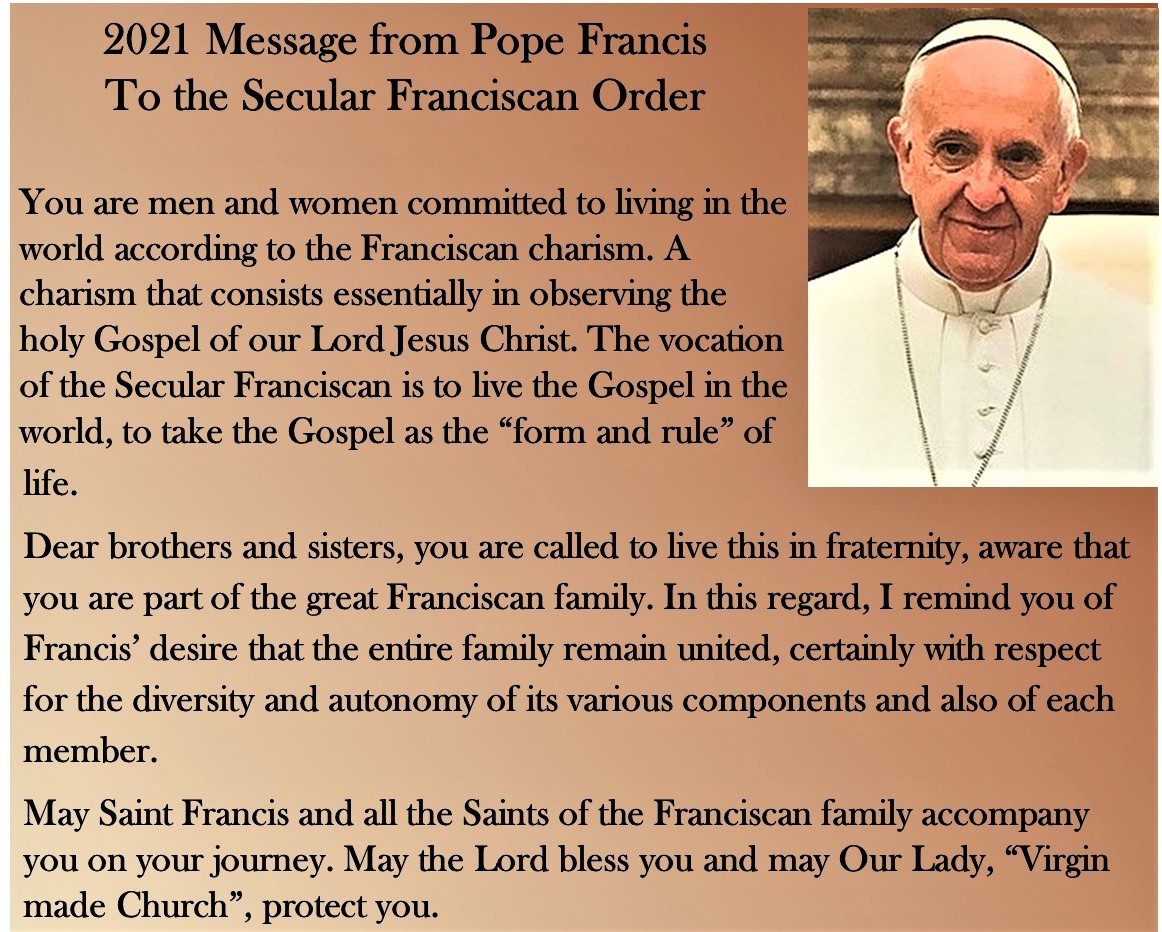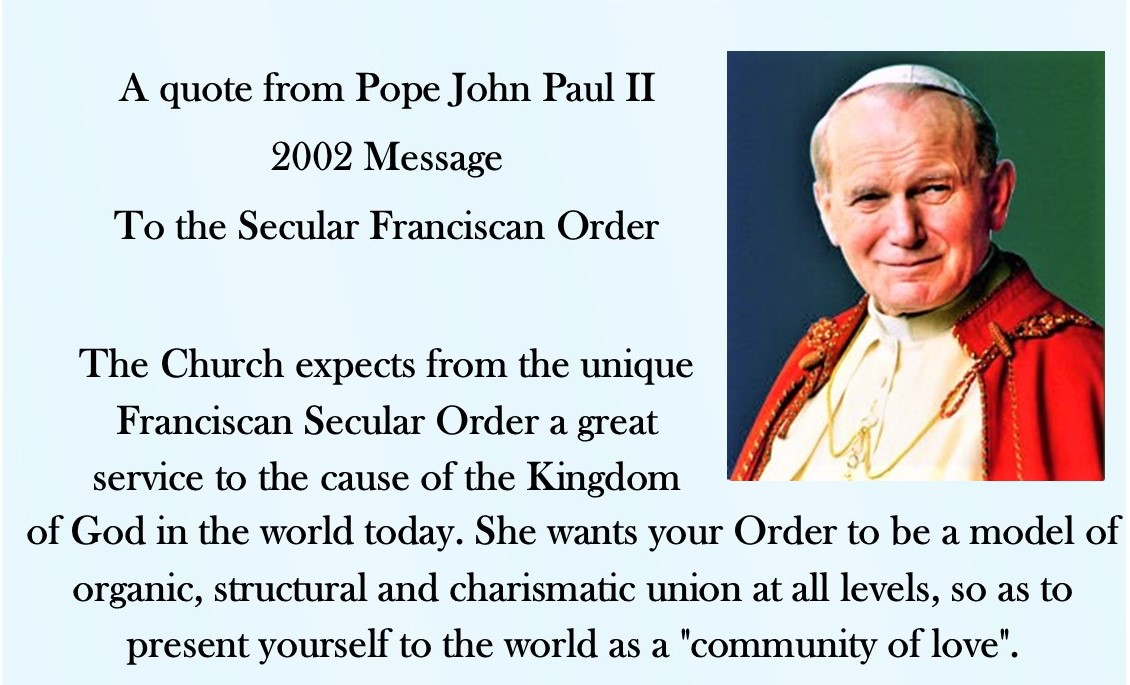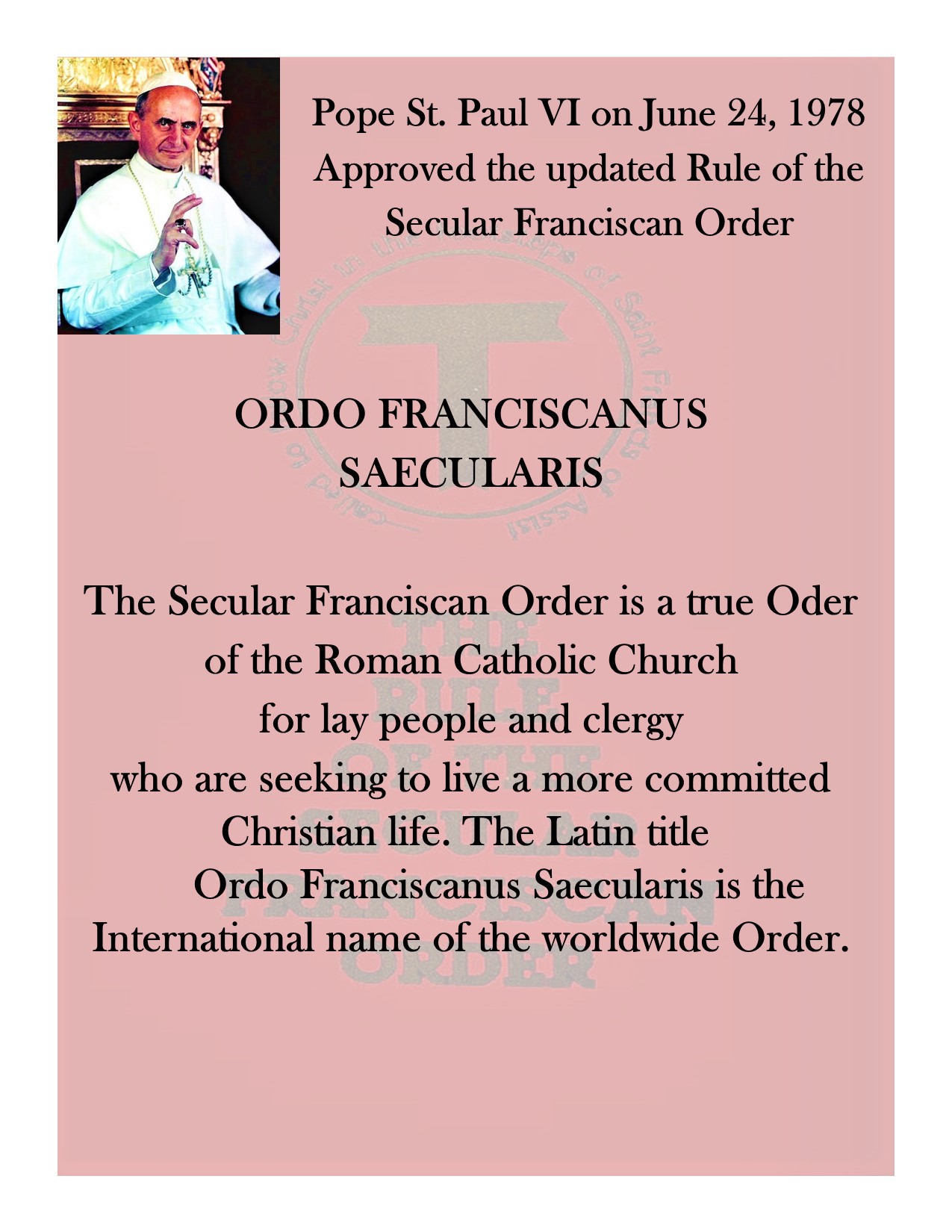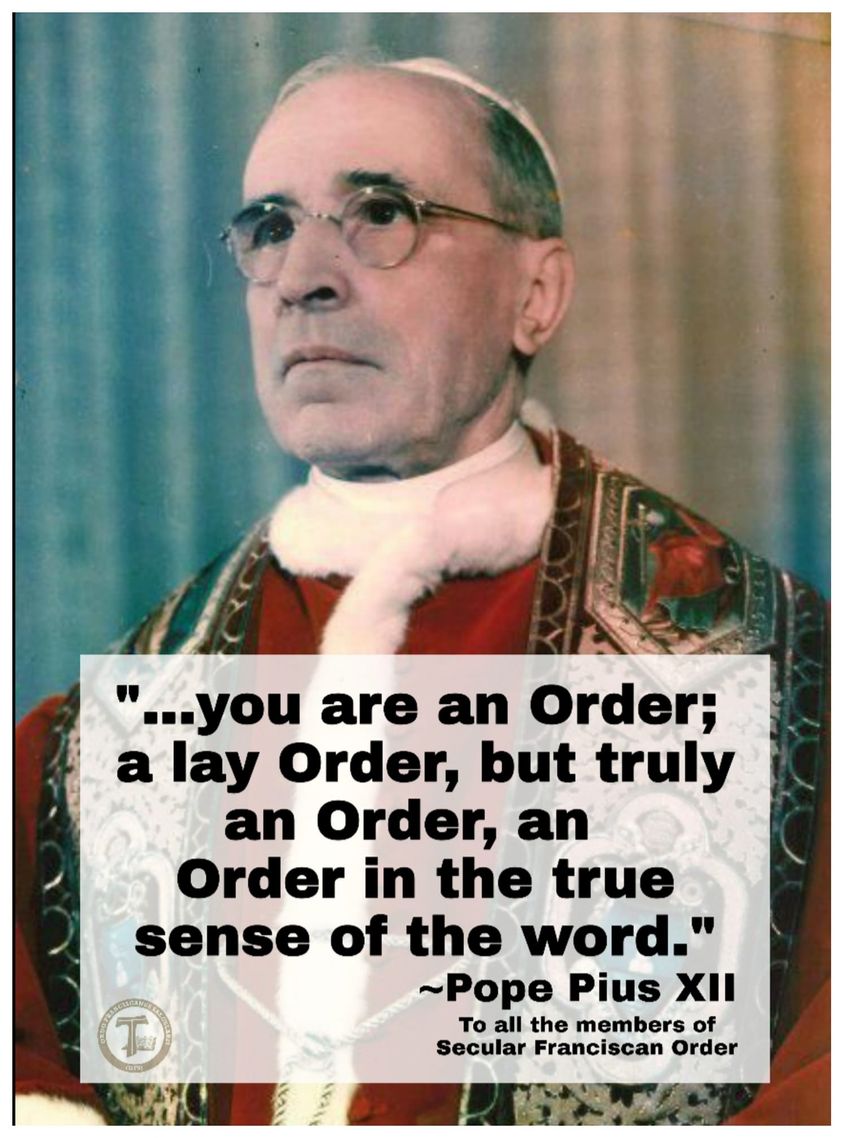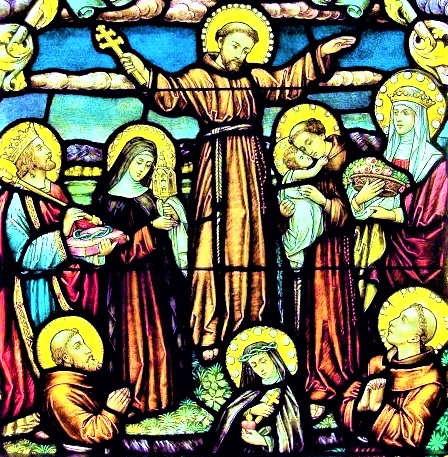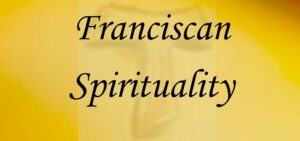Within the Catholic Church, there is a rich variety of spiritualities. We speak, for instance, of “Benedictine spirituality”, “Dominican spirituality”, or “Franciscan spirituality” – to name a few.
These spiritualities have their origin in great spiritual leaders after whom they are generally named; for example, Benedictine spirituality is from St. Benedict, and so on. A particular spirituality is a specific system, or schema of beliefs, virtues, ideals, and principles which form a particular way to approach God and therefore all life in general.
Just because these spiritualities are different does not mean they are contradictory. They all arise from the same Christian heritage and they all aim at the same goal – to love as Jesus loved. The difference is a matter of emphasis. These differences in emphasis give each spirituality its unique character traits. In other words, each spirituality has its “preferred” virtues, ideals, and principles without negating all the others. These preferred emphases are what make up each particular spiritual system. Franciscan spirituality, then, is that spirituality which comes from St. Francis and evolved within the Franciscan order. It has its own unique emphasis, which characterizes it as “Franciscan”.
A general schema for Franciscan spirituality would look like this:
1. Franciscan spirituality is rooted in the general Judeo-Christian, Roman Catholic and Biblical traditions. It is rooted in the general Trinitarian theology of the Church.
2. It is Christo-centric focusing primarily on the Incarnate Jesus.
3. The humility and poverty of the Incarnation of Jesus is the pattern and model for Franciscan life (Imitation of Christ), theology (Primacy of Christ) and its approach to all creation.
4. This downward direction, movement, tendency is called Minority.
5. Minority is expressed in Poverty and Humility. Poverty is the external expression of Minority while Humility is the internal expression of it.
6. Along with Minority, Fraternity is essential to Franciscan life. Minority safeguards and effects Fraternity.
7. The third pillar of Franciscan life is Penance. Penance is ongoing, continuous conversion.
8. The fruit of all this is the perfection of love, with a particular Franciscan emphasis on peace and joy.
(From: The Franciscans of Canada http://www.ofmqc.ca/eng/spirituality/spirituality01.htm )
**************************************************
Franciscan Commitment
On a beautiful, sunny day along the countryside around Assisi, a young man astride his horse was cantering along the dirt road. He was singing lustily and joyfully as the road wound in beautiful fashion between tall, stately trees. He came into a clearing and was brought up short. There, just off the road in plain sight, stood a pitiable figure of a man. He was bent, dressed in ragged garments, his body emaciated and covered with sores, his eyes were deep-set with a mysterious, burning light in them. The man was a leper.
The young rider stared at him in horror and started to edge his horse around him on the extreme outer edge of the road, but the horse stood still and refused to budge. The young man was troubled. A force within him, against his will, urged him to get down from his horse and approach the leper. The impulse was so strong he found himself reluctantly dismounting, and literally, dragging his feet, he walked over to the leper. Then he, through some power outside him, threw his arms about the loathsome figure and embraced him. The embrace was weak at first, then with warmth and strength, and to his amazement he found his loathing give way to a peace beyond anything he had ever experienced. A fullness of the joy of living suffused him as he mounted his horse and started off down the road. He looked back and uttered a cry of astonishment, there was no one in sight, and where the leprous figure had stood there was no one.
This was Francis of Assisi, a man who would become one of the greatest saints of the Church.
Francis closed his eyes. He recalled the burning, mysterious light in the man’s deep-set eyes. Awed and humbled he bowed his head over his horse’s mane. He rode away then, his lips moving in prayer. O Lord he said over and over, O Lord, my God and my all.
We, like Francis, in our Franciscan commitment should recognize that we have been called by God to this way of life. Though we are not confronted with the same dramatic confrontation that Francis had we are living in a similar situation in the world, with its uncertainty and critical challenges. We are members of his fraternity and our goal is exactly the same as his was, namely, union with Christ. We know that Francis, so wholly committed, asked Jesus to grant him the extraordinary gift that while he was still alive on earth he might feel in his body the pain Jesus felt during His Passion, and that he might experience in his heart the overwhelming, burning love Jesus had for all mankind.
After he had embraced the leper, Francis remarked, when I came away from the leper, what seemed bitter to me was changed to a sweetness of spirit and body.
When we became his followers we also set our feet on the way which leads to forgetfulness of self. It brings about a steady, progressive embracing of the selfless love of Jesus Christ. In order to achieve this we will have, so to speak, the opportunity many times, to embrace a leper, from whom we will have the tendency to shrink from; but, after we have accomplished the embrace, we will be left with a feeling of joy that can only be known for what it is, a personal encounter with Christ.
This way we have chosen is not a way where we unlock a door, open it, step through, and there we are. Oh! No! At times, we wonder what we have gotten ourselves into. We may wonder how we can follow the way of Francis? He was a great saint, but Francis was Francis, and I am me, and you are you. Each one of us is a special individual chosen by God.
We cannot wait until everything is all together before we believe in Jesus. We accept Jesus and move along His way as He reveals Himself to us. We reach out to the possibilities of life and see where they lead. There is no other way for the Franciscan to go; no other truth to seek; no other life to live than in Jesus.
The way to Jesus requires discipline. When we choose to follow Francis we did not accept the fly-by-night people who would give us instant religion and quick conversion. This is not for the followers of Francis or for that matter any Catholic, the comfort of painless growth without the cross. The contentment of being saved and having to do nothing more is not for us. It is not for us to have mere human sensitivity that can be a mask for self-centeredness. Franciscans cannot stop at the bottom of the hill of Calvary.
There will be times when we will be weary and feel like we are walking through a dark forest, but we will go on and come into a clearing. We will sit down on green grass to rest and see stars shining overhead, and we will feel a sense of peace and exhilaration. We will laugh as we look back over the way we have come. As we sit there on the cool green grass, there will come over us a sixth sense of His presence near us, and we will bow our heads in reverence as did Francis over his horse’s mane and know that this, indeed, is it! This is our way, and we are not alone, never alone. We know that time after time we may feel lost and uncertain of what is ahead, but we will know that we are not alone. We will not turn back, because we have Christ at our side. And, we have each other, brothers and sisters who walk forward together in the way of St. Francis of Assisi.
From now on we are not satisfied with anything less. We have an urge to become more knowledgeable about Jesus. We have an urge to make friends with Him and become intimate with Him. We have an urge to aspire, weak as it may be for us insignificant people, to the heroic spirituality of Francis. The same spirituality that led him to the mountain of La Verna where he met Christ, as it were, on the hill of Calvary.
Speaking of La Verna, let us dwell on that episode in Francis’ life when Francis on that day, two years before his death, in the hushed, cathedral-like setting of Mount La Verna, he was kneeling absorbed in prayer. Francis came out of his meditative absorption to become suddenly aware of a shining seraph, an angel of God, looking at him. The seraph was in the form of a man fixed in terrible pain to a cross. Wordlessly they stared at each other, the seraph and the living being. Then the vision disappeared.
As Francis stood rooted to the spot trying to understand the meaning of the suffering apparition, he felt a sharp tingling in both hands and feet and in his side, then excruciating stabs of pain from those regions of his body. In wonderment, he stared at his hands and saw forming their prints as of nails. They were so realistic that they looked as though there were indeed iron nails in his hands, and this was true also in his feet.
Actually these were his own flesh which had taken on the shape and color of iron nails. He felt a warm moisture at his side and touched it and his hand came away bloody.
Francis was at great pains during the remaining two years of his life to conceal this gift of God from other people lest he become vain, but he was not altogether able to do this. At his death, those present could clearly see and touch his wounds.
His prayers were answered. He felt in his body the pain Jesus endured in His Passion, and he experienced in his heart the enormous, burning love Jesus has for all mankind. – Canadian Secular Franciscan Order
**************************************************
